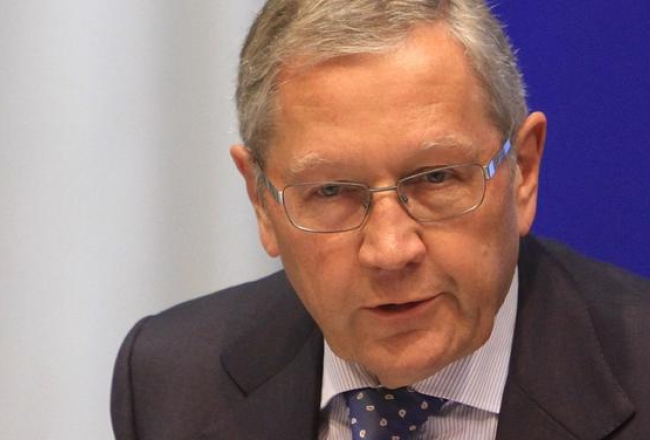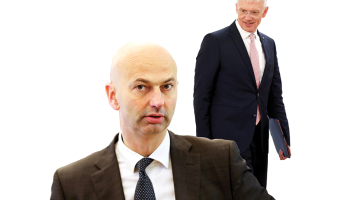
Eiropas Finanšu stabilitātes fonda un Eiropas Stabilitātes mehānisma vadītājs Klauss Reglings. Foto: AFP/LETA
Latvijas iesaistīšanās eirozonas glābšanas programmu finansēšanā patlaban neuzliek mums lielu slogu
Pēdējos gados gana bieži esam dzirdējuši par lielām naudas summām, ko eirozonas valstis velta savu ekonomiskajā bēdulejā nonākušo biedru balstīšanai un atveseļošanai. Ceturtdien, 13.martā, Latvija pievienojas Eiropas Stabilitātes mehānismam un oficiāli kļūst par līdzdalībnieci šajā procesā. Jautājums ir strīdīgs, emocionāls, bet arī sarežģīts un apaudzis ar dažādiem pārpratumiem un mītiem.
Iepriekšējā nedēļā Rīgā viesojās Klauss Reglings (Klaus Regling), kurš vada abus eirozonas glābšanas fondus - Eiropas Finanšu stabilitātes fondu (European Financial Stability Facility jeb ESFS) un Eiropas Stabilitātes mehānismu (European Stability Mechanism jeb ESM). Lai gūtu skaidrāku priekšstatu gan par to, ko tieši šie fondi dara, gan arī par Latvijas lomu tajos, devāmies viņu intervēt. Intervijas īsinātā, tulkotā versija lasāmā šīs nedēļas žurnālā "Ir". Te publicējam pilno intervijas tekstu angliski.















